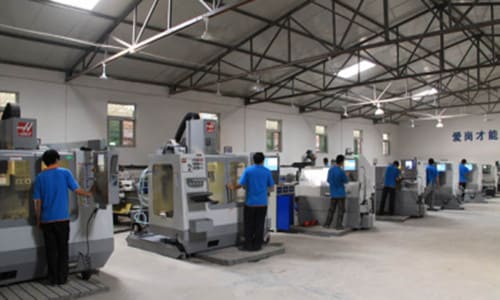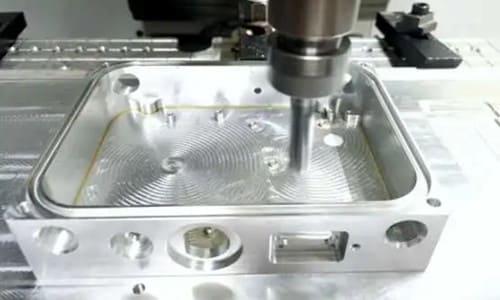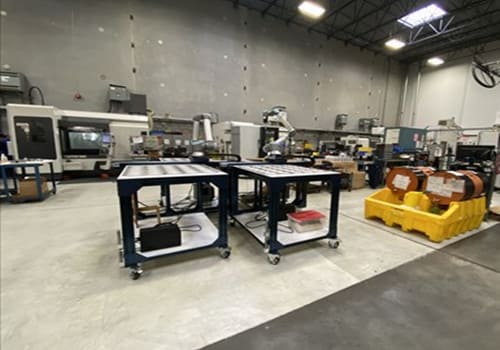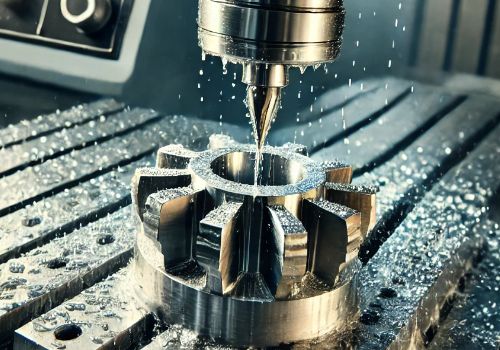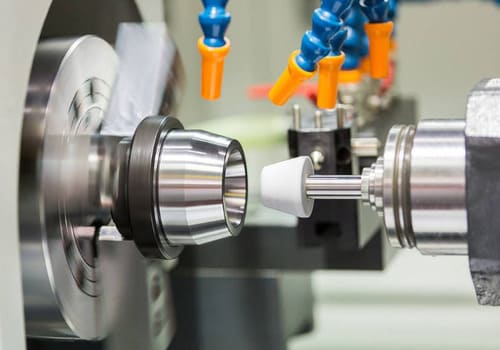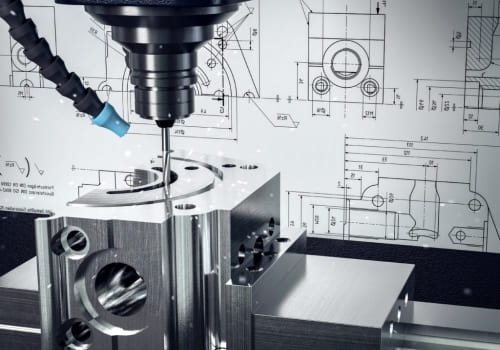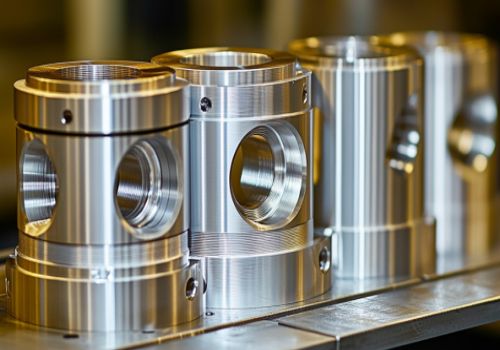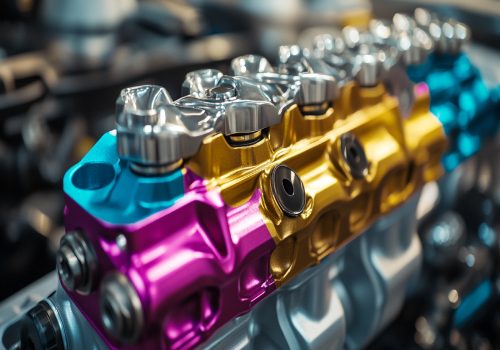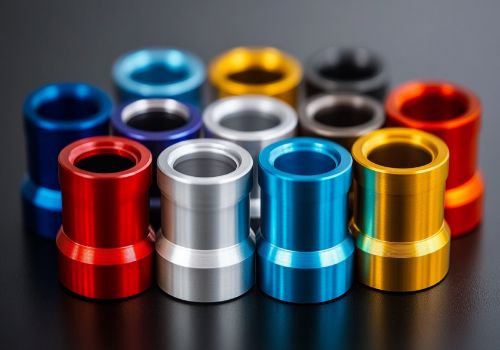CNC machining offers exceptional precision, but achieving the right balance of speed and accuracy is crucial for cost-effective manufacturing. Whether you’re designing prototypes or producing high-volume parts, optimizing your CNC machining design is essential for ensuring that your parts are manufactured quickly and accurately, without sacrificing quality.
In this blog, we’ll explore practical tips on how to optimize your CNC machining designs to achieve the best balance between speed and accuracy.
1. Simplify the Design for Faster Machining
Complex designs can often slow down machining operations due to the need for more tooling, longer machine times, and more intricate setups. Simplifying your design can significantly improve both speed and accuracy.
Tips for Simplification:
-
Avoid unnecessary features: Eliminate features that don’t add value to the function or performance of the part. Simple geometries are easier to machine and reduce setup time.
-
Use standard features: Instead of designing custom features that require special tools or complex programming, use standard shapes and sizes that are easier to machine.
-
Design with large radii: Sharp corners or small internal radii can be difficult to machine accurately and can slow down the process. Opt for larger radii or fillets to ensure the machine can cut more efficiently.
Why It Matters:
Simplified designs reduce the number of tool changes, machining steps, and setup time, speeding up the overall process while still maintaining the necessary accuracy.
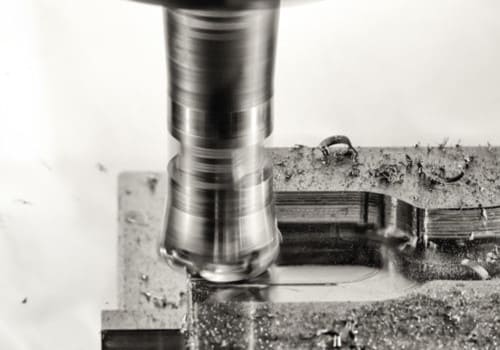
2. Optimize Tool Paths and Cutting Strategies
Efficient tool paths and cutting strategies are essential for both speed and accuracy. Poorly optimized tool paths can increase machining time, leading to higher costs, while improperly chosen cutting strategies can lead to inaccuracies in your final part.
How to Optimize Tool Paths:
-
Minimize tool movement: Try to reduce the amount of movement the cutting tool makes. This can be achieved by designing parts in a way that allows the tool to cut as efficiently as possible.
-
Use multi-axis machining: When working with complex parts, 5-axis CNC machines offer the ability to machine parts from multiple angles, reducing the need for multiple setups and improving both speed and precision.
-
Choose the right cutting strategy: Depending on the part material, select the most appropriate cutting strategy. For example, pocket milling is a faster method for material removal, while profile milling is suited for creating external part contours.
Why It Matters:
By optimizing tool paths and cutting strategies, you reduce unnecessary machining time and improve accuracy, ensuring that the design is both efficient and precise.
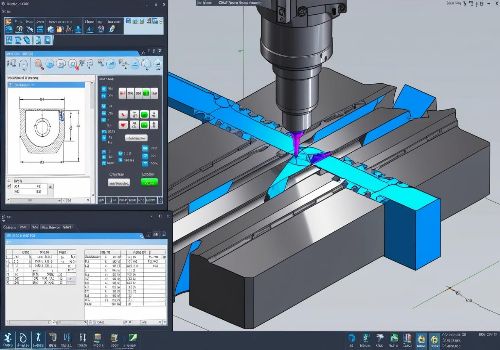
3. Use High-Quality Materials
While materials like aluminum or plastics may be easier to machine than stainless steel or titanium, the material selection can affect both machining speed and final part accuracy. High-quality materials not only improve part performance but also enhance machining efficiency.
Material Considerations:
-
Material hardness: Softer materials like aluminum or brass are quicker to machine than harder materials like titanium or steel.
-
Material consistency: Using consistent materials ensures that the CNC machine performs predictably, reducing the chance of deviations and inaccuracies.
-
Use material with low tool wear: Materials like Delrin or POM (polyoxymethylene) offer low friction and wear on tooling, leading to faster machining speeds.
Why It Matters:
Selecting materials that are easier to machine can significantly reduce machining time while still maintaining the precision required for functional components.

4. Optimize Tolerances
While tight tolerances are necessary for certain parts, they can slow down machining operations due to additional time spent on precision cutting and tool adjustments. Therefore, specifying the correct tolerance levels for your design is crucial for balancing speed and accuracy.
How to Optimize Tolerances:
-
Use standard tolerances: Often, ±0.1 mm is sufficient for many parts. Tight tolerances should only be specified for critical areas of your design.
-
Specify tolerances where necessary: Instead of applying tight tolerances to every part of your design, focus on the features that truly require precision, such as critical fits or moving parts.
-
Use Geometric Dimensioning and Tolerancing (GD&T): This system allows you to specify functional tolerances more effectively, ensuring that only important areas are highly controlled.
Why It Matters:
Relaxing unnecessary tolerances reduces machining time and allows the CNC machine to operate faster, while still meeting the accuracy requirements of your design.
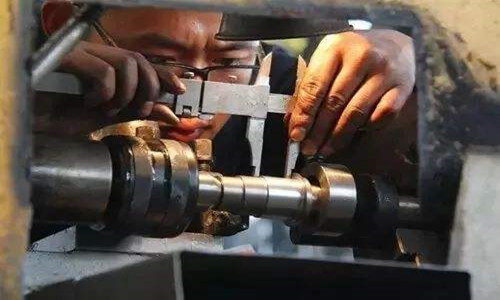
5. Minimize Setup Time
Setup time is the amount of time it takes to prepare the CNC machine for operation. Minimizing setup time is essential for improving both the speed and cost-efficiency of your machining process.
How to Minimize Setup Time:
-
Design for ease of setup: Ensure your design allows for easy fixturing and minimal machine adjustments. For example, ensure that all machining operations can be completed in one setup to reduce time spent re-aligning parts.
-
Use standard tool holders and fixtures: Custom tooling and fixtures can increase setup time and costs. Instead, use standardized tool holders and fixturing systems.
-
Automate the setup process: Many modern CNC machines are equipped with automatic tool changers and quick-change fixturing, which can speed up the setup process.
Why It Matters:
Reducing setup time means that the machine can spend more time cutting and less time being adjusted, resulting in faster production cycles and reduced costs.
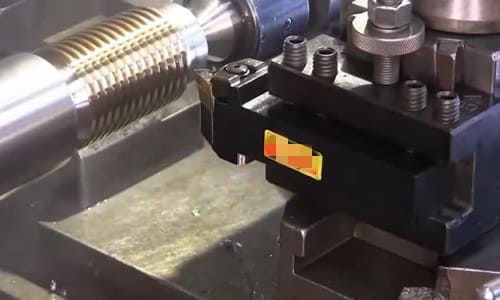
6. Select the Right CNC Machine for Your Design
Not all CNC machines are the same, and selecting the right type of machine for your design can impact both speed and accuracy. For complex or intricate designs, using a multi-axis CNC machine can make a significant difference.
Machine Selection Tips:
-
3-axis machines: Ideal for simple designs or parts that don’t require complex angles or contours.
-
5-axis machines: Best suited for more complex designs, as they can machine parts from multiple angles without requiring re-fixturing, saving time and increasing accuracy.
-
Vertical vs. horizontal mills: Choose between vertical or horizontal milling machines based on the part’s geometry and the required production speed.
Why It Matters:
Using the right machine for the job reduces production time, ensures precise cuts, and optimizes efficiency for complex or simple parts alike.
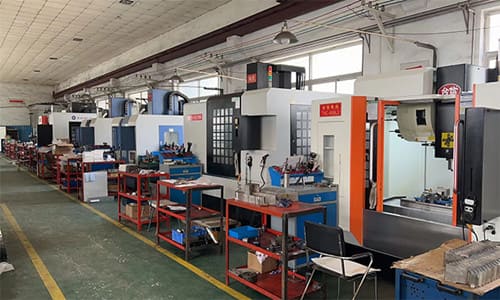
Conclusion
Optimizing your CNC machining designs for both speed and accuracy requires careful planning, material selection, and collaboration with your CNC supplier. By simplifying your design, optimizing tool paths, specifying realistic tolerances, and selecting the right materials and machines, you can reduce machining time and costs while still achieving the high precision needed for functional components.
At DO Machining, we specialize in high-precision CNC machining services tailored to your exact design needs. Whether you’re looking for prototypes, small batches, or high-volume production, our team is ready to help you optimize your designs for maximum efficiency. Contact us today to learn how we can assist with your next project!

